As technology continues to advance at an unprecedented pace, our cities are evolving into something straight out of science fiction novels. The concept of smart cities, coupled with the power of the Internet of Things (IoT), is revolutionizing the way we live, work, and interact with our urban environments.
What are Smart Cities?
Imagine a city where traffic flows smoothly, streetlights illuminate only when needed, waste management is optimized, and citizens have access to a plethora of convenient services at their fingertips. That’s the vision of a smart city. At its core, a smart city harnesses cutting-edge technology and data to enhance the quality of life for its residents.
The Role of IoT in Smart Cities:
The Internet of Things plays a pivotal role in the development of smart cities. It is the interconnected network of physical devices, vehicles, buildings, and other objects. It is then embedded with sensors, software, and connectivity that enables them to collect and exchange data. This vast network of interconnected devices allows cities to gather real-time data, make informed decisions, and create a seamless urban experience.
Enhanced Urban Mobility:
One of the key benefits of IoT in smart cities is improved urban mobility. Imagine having real-time information about traffic congestion, available parking spots, and public transportation updates at your fingertips. IoT sensors installed in vehicles, roads, and public transport systems can collect and analyze data, providing valuable insights to optimize traffic flow and reduce congestion. This not only saves time for commuters but also reduces carbon emissions, making cities more eco-friendly.
Efficient Resource Management:
Smart cities leverage IoT to manage resources more efficiently. For instance, intelligent lighting systems equipped with sensors can adjust brightness based on natural light levels, occupancy, and weather conditions. This not only saves energy but also reduces light pollution. Similarly, waste management can be streamlined using smart bins that alert collection services when they are full, optimizing collection routes and reducing costs. These small but significant changes have a profound impact on resource utilization and sustainability.
Enhanced Quality of Life:
IoT-enabled smart cities prioritize the well-being of their residents. For example, connected healthcare systems can monitor patients remotely, allowing for timely interventions and reducing the need for hospital visits. Smart sensors can detect air pollution levels, noise levels, and other environmental factors. This enables authorities to take proactive measures to improve air quality and reduce noise pollution. Additionally, IoT-based platforms can offer citizens access to a wide range of personalized services, from smart parking apps to public safety alerts, enhancing convenience and safety.
Addressing Challenges and Concerns:
While the future of IoT-powered smart cities seems promising, it also raises valid concerns regarding data privacy, security, and the digital divide. As cities become more connected, it is essential to establish robust cybersecurity measures to protect sensitive data and ensure privacy. Efforts must be made to bridge the digital divide, ensuring that all citizens, regardless of socioeconomic background, have equal access to the benefits of smart city initiatives.
Smart cities empowered by the Internet of Things are transforming our urban landscape in remarkable ways. The potential of IoT in smart cities is limitless. It can be right from optimizing traffic flow and resource management to enhancing the quality of life for residents. As we move forward, it’s crucial to strike a balance between technological advancements and safeguarding privacy and inclusivity.
With careful planning, collaboration, and ethical implementation, smart cities will continue to pave the way for a more sustainable and interconnected future as we inch closer to a life that looks like it’s straight out of our favorite childhood cartoons!



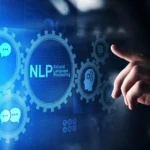
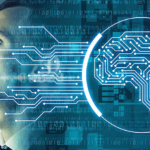

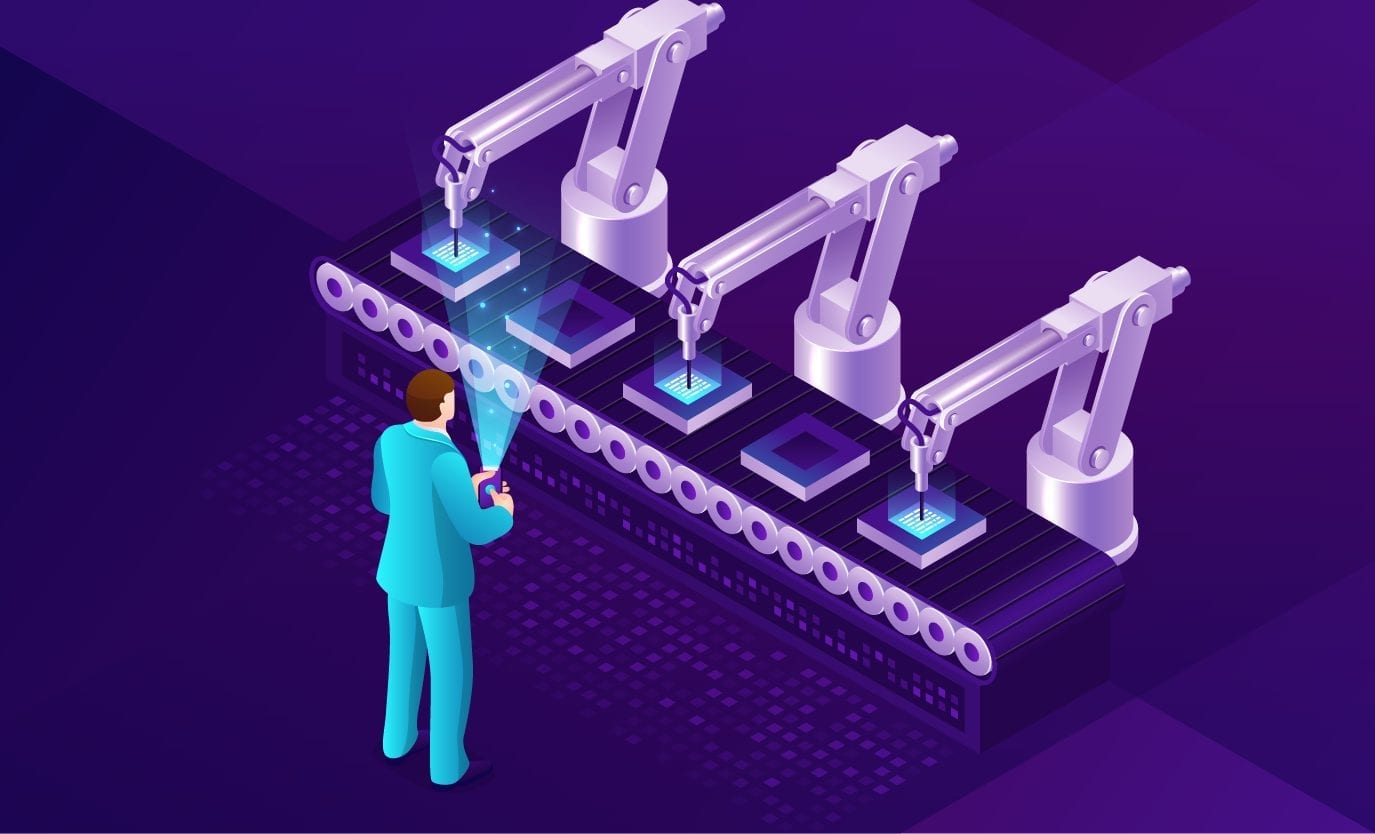





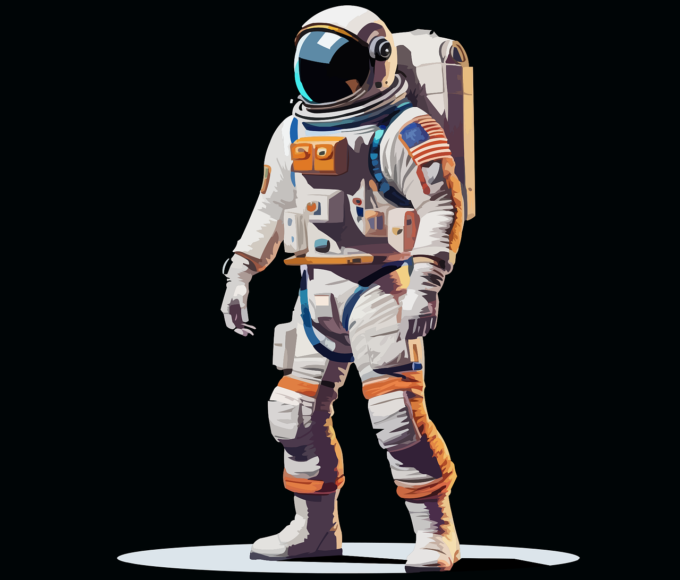
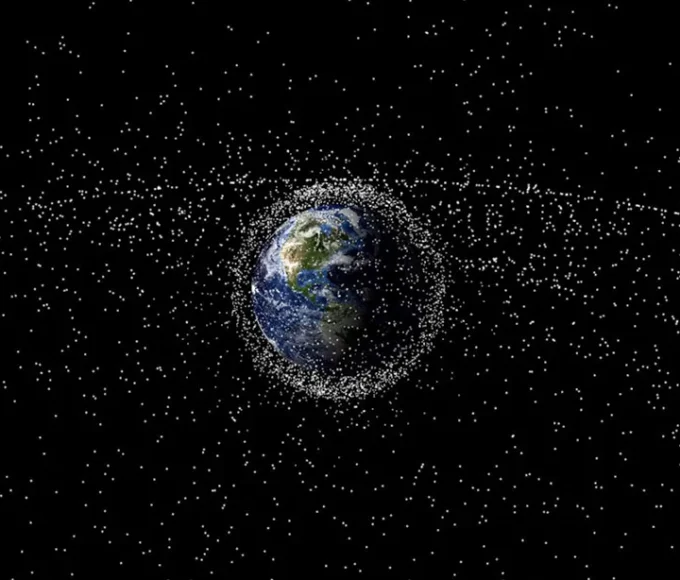

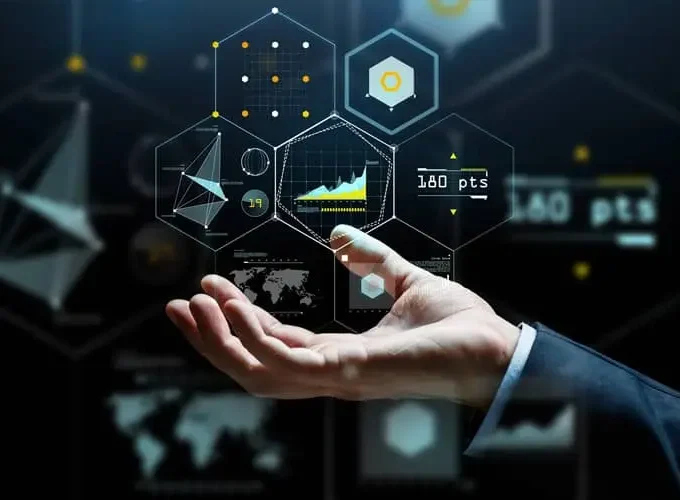
Leave a comment